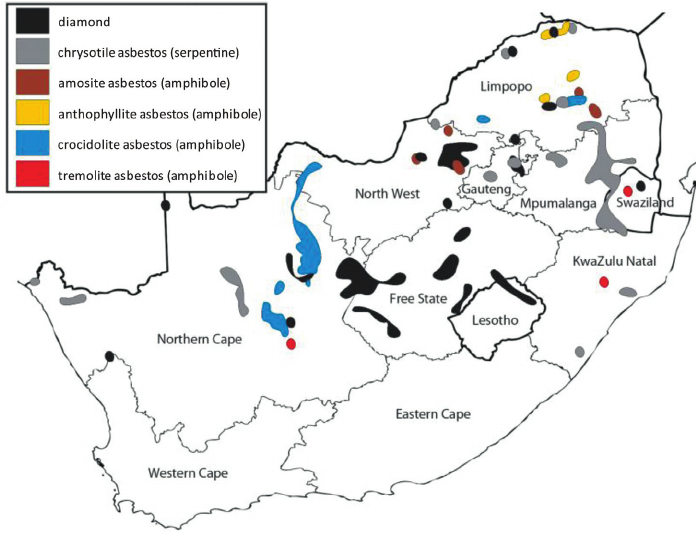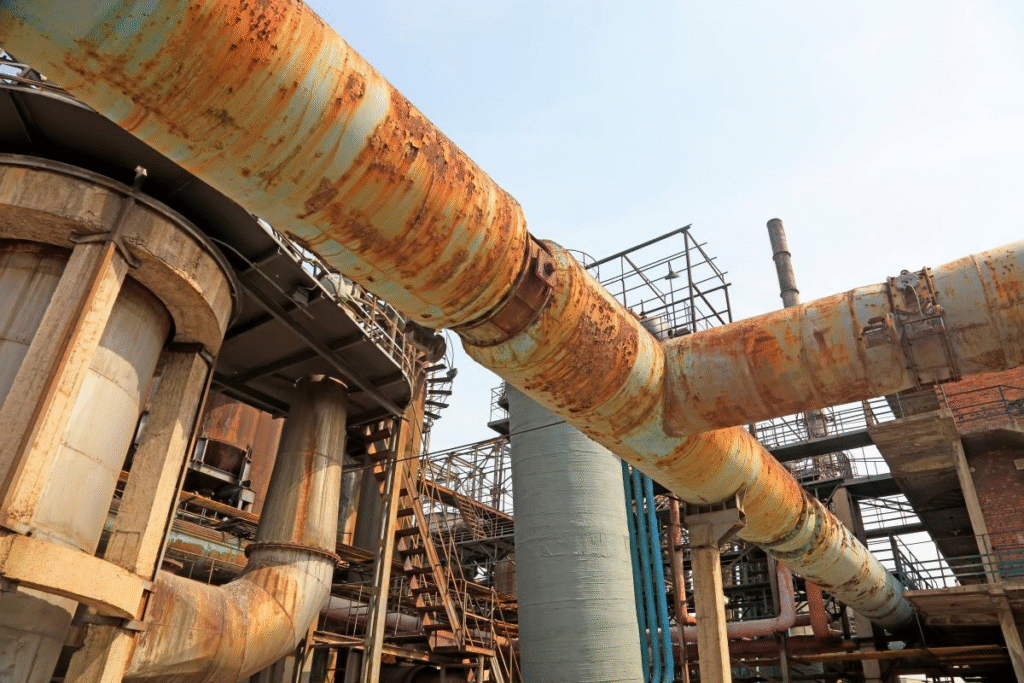South Africa Mining Manufacturing Challenges

South Africa has long been a cornerstone of the global mining sector, historically known for its gold, platinum, and coal reserves. However, in recent years, the country’s mining industry has faced significant manufacturing and operational challenges that have impacted productivity, investment, and economic growth.
This article delves into the major challenges that South African mining companies encounter, from infrastructure limitations to labor disputes , and how these issues affect the broader mining manufacturing sector .
🧩 Key Manufacturing Challenges in South African Mining
1. Aging Infrastructure
Many of South Africa’s mines are located deep underground, with aging infrastructure that is costly to maintain. The Witwatersrand Gold Basin , for example, has seen a decline in output due to the increasing depth of operations , which requires more advanced and expensive equipment.
- High maintenance costs
- Limited access to new technology
- Energy inefficiencies

2. Labor Shortages and Disputes
The mining sector is one of the largest employers in South Africa, but it also faces chronic labor shortages and frequent strikes . Issues such as:
- Low wages
- Poor working conditions
- Unstable employment contracts
have led to high turnover rates and reduced productivity .
3. Power Supply Instability
South Africa’s energy crisis, largely driven by Eskom’s unreliable power supply , has had a major impact on mining operations. Power outages lead to:
- Production halts
- Increased operating costs
- Delays in project timelines
This instability makes it difficult for mining companies to plan and operate efficiently.

4. Regulatory and Policy Uncertainty
South Africa has implemented several regulatory changes in recent years, including the Mineral and Petroleum Resources Development Act (MPRDA) , which aims to increase local participation in mining. While these policies are intended to promote local content and beneficiation , they have created uncertainty for foreign investors and mining companies.
- Complex licensing processes
- Compliance challenges
- Delayed approvals
5. Environmental and Social Compliance
With increasing pressure from environmental groups and local communities , mining companies must adhere to stricter environmental regulations and community engagement requirements . This includes:
- Land rehabilitation
- Water usage restrictions
- Community benefit sharing
While these measures are essential for sustainable development , they add costs and complexity to mining operations.
6. Technological Gaps
Despite being a leader in some areas, South Africa lags behind other mining nations in adoption of advanced technologies such as automation, AI, and digital mining systems . This limits the ability of local companies to compete globally.
- Limited access to modern equipment
- Slow adoption of digital solutions
- Skills gaps in tech-driven roles
🛠️ Impact on Manufacturing in the Mining Sector
These challenges have a ripple effect on South Africa’s mining manufacturing sector , which includes:
- Equipment production and maintenance
- Local supply chain development
- Logistics and transportation
- Support industries like engineering and metallurgy
As a result, many local manufacturers struggle to meet the demands of the mining sector, leading to reliance on imports and limited domestic value addition .
📈 Looking Ahead: Opportunities and Solutions
Despite the challenges, there are opportunities for improvement in the South African mining manufacturing sector:
- Investment in renewable energy to reduce reliance on Eskom
- Upgrading infrastructure and adopting smart mining technologies
- Training programs to address skills gaps
- Public-private partnerships to support local manufacturers
By addressing these challenges, South Africa can revitalize its mining manufacturing sector and position itself as a global leader in responsible and sustainable mining .
✅ Conclusion
South Africa’s mining industry is at a critical juncture. While it remains one of the most important contributors to the national economy, it must overcome infrastructure, labor, regulatory, and technological challenges to remain competitive. By investing in modernization, sustainability, and local development , the country can ensure the long-term viability of its mining manufacturing sector.
🔍 FAQs
Q: What are the main challenges facing South African mining?
A: Key challenges include aging infrastructure, labor disputes, power supply instability, regulatory uncertainty, and environmental compliance.
Q: How does power outages affect mining in South Africa?
A: Power outages cause production halts, increase operating costs, and delay projects, making it difficult for mining companies to plan and operate efficiently.
Q: Can South Africa improve its mining manufacturing sector?
A: Yes, through investment in infrastructure, technology, and local partnerships, South Africa can enhance its mining manufacturing capabilities and competitiveness.

